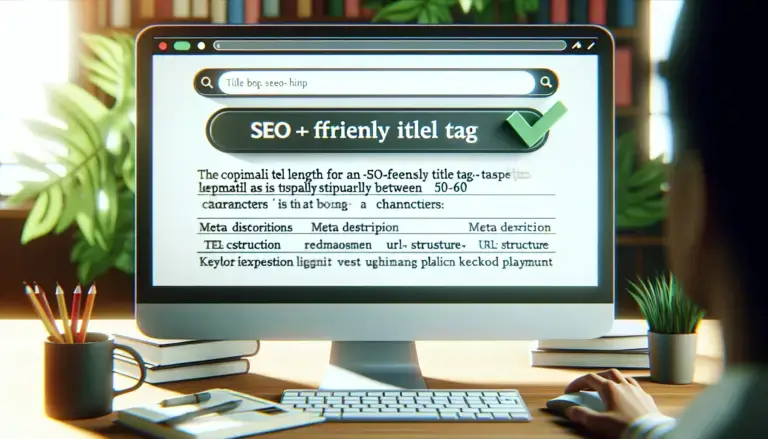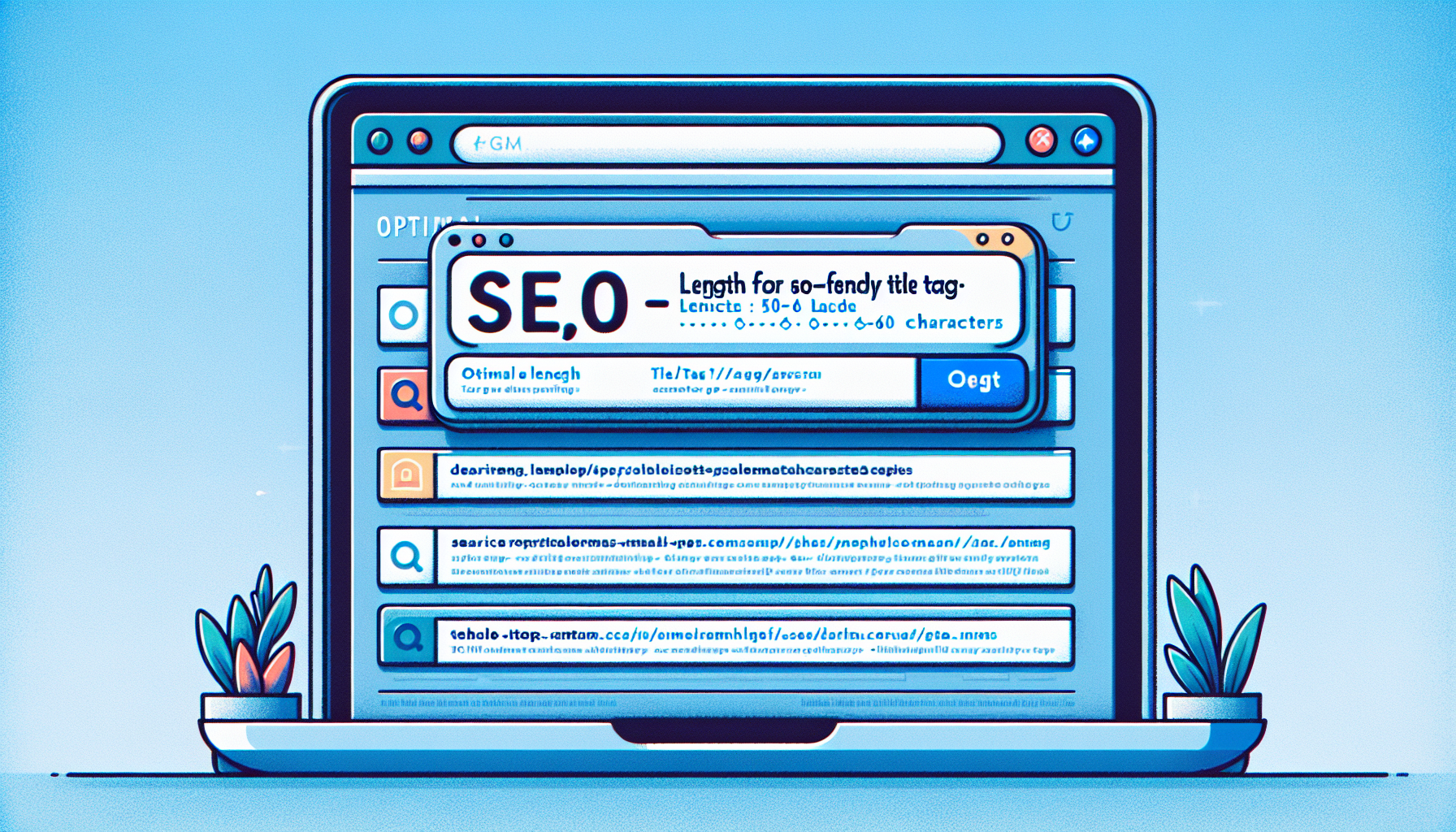Title tags are an essential element in on-page SEO, serving as the first impression for both users and search engines. These concise descriptions appear as clickable headlines on search engine results pages (SERPs) and are often the primary piece of information users consider when deciding which link to click. A well-crafted title tag can significantly impact your click-through rate (CTR), which, in turn, can influence your ranking on search engines.
In addition to enhancing CTR, title tags help search engines understand the content of your page. Algorithms analyze the keywords within the title tag to gauge relevance to user queries. Properly optimized title tags can boost your chances of ranking higher for targeted keywords and phrases, making it easier for potential visitors to discover your content.
Moreover, title tags play a critical role in social sharing. When your content is shared on social media platforms, the title tag often appears as the headline. This visibility can affect the shareability of your content and how well it engages users on social networks. Consequently, an engaging and informative title tag can increase the reach of your content beyond search engines.
Given their multifaceted role in SEO and user experience, understanding the importance of title tags is a fundamental step toward optimizing your website. By focusing on creating compelling, keyword-rich, and readable titles, you not only cater to the algorithms but also provide a better user experience, ultimately paving the way for improved online visibility and higher organic traffic.
Ideal character length for SEO
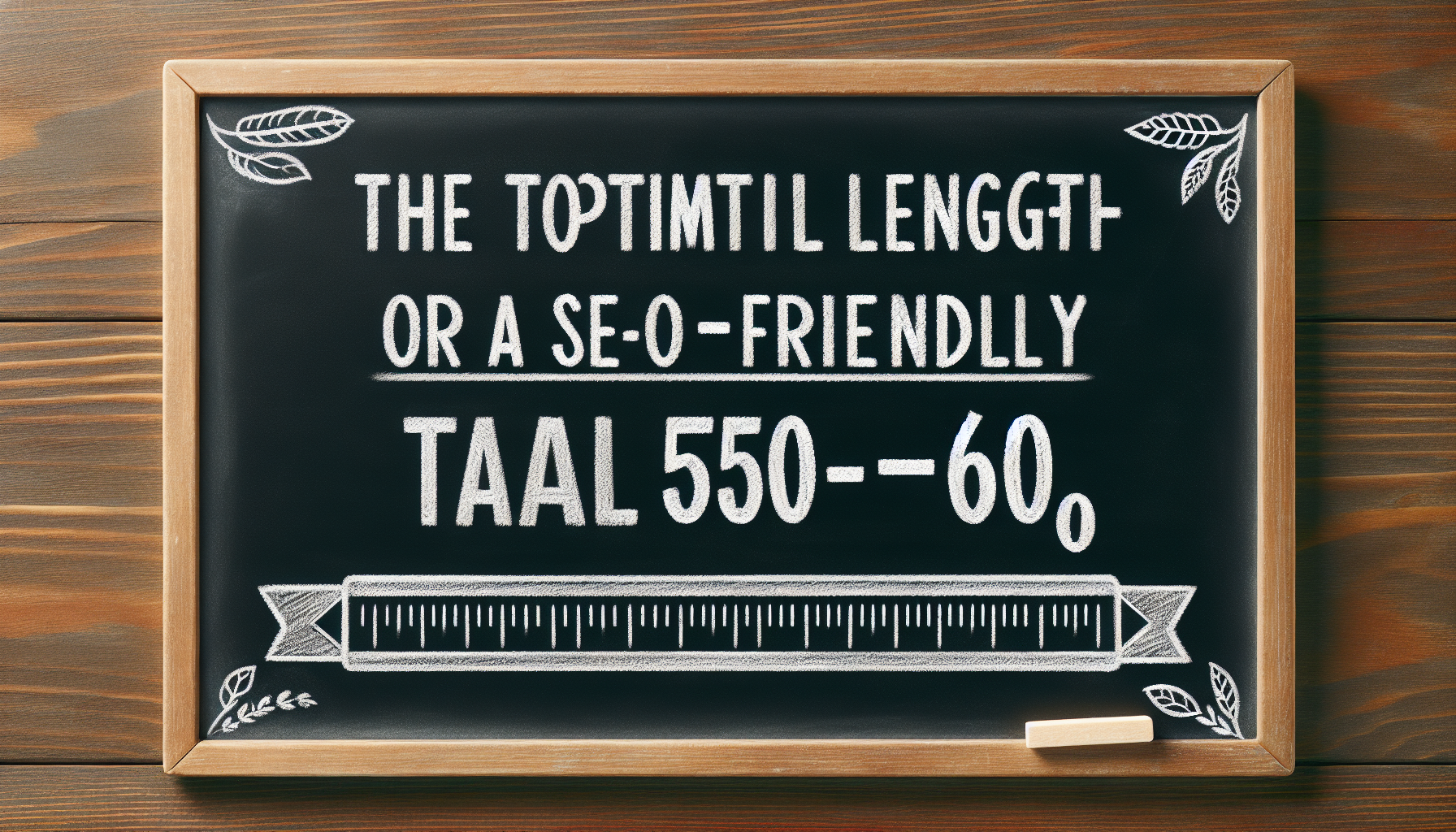
When it comes to determining the ideal character length for a title tag, there is a delicate balance to strike. Search engines, particularly Google, typically display the first 50-60 characters of a title tag. This does not mean that you should limit every title tag to 60 characters, but rather aim to keep your most vital keywords and information within this range to ensure they are visible on the SERPs.
One significant reason to aim for 50-60 characters is to avoid truncation. If your title tag exceeds this length, it may be cut off in the search results, potentially leaving out important words that could entice users to click. A truncated title tag not only appears unprofessional but also reduces the potential impact it could have on a user’s decision-making process.
However, it’s crucial to note that the pixel width, rather than character count, is the true determinant of how much of your title tag gets displayed. Different letters and symbols have varying widths. For instance, the letter “W” takes up more space than the letter “I”. Google typically truncates titles that exceed 600 pixels, so while aiming for 50-60 characters, also be mindful of letter sizes and the actual visual length of your title.
In some cases, going slightly beyond 60 characters can be necessary, depending on the context and complexity of your content. If longer titles are required, prioritize placing essential keywords and compelling information towards the beginning. This way, even if the title gets shortened, the critical elements remain visible, preserving the title’s efficiency and clarity.
Furthermore, it is essential to craft title tags that are not only keyword-rich but also coherent and engaging. Overly stuffing keywords into a short title can make it appear spammy and deter users from clicking through. It is always better to ensure that your title reads naturally and offers a clear, appealing glimpse of what the page content holds.
So, while keeping your eye on the 50-60 character mark for visibility, don’t lose sight of quality and relevance. A well-balanced, informative, and engaging title not only satisfies search engine algorithms but also appeals to users, elevating the overall effectiveness of your SEO strategy.
Balancing keywords and readability
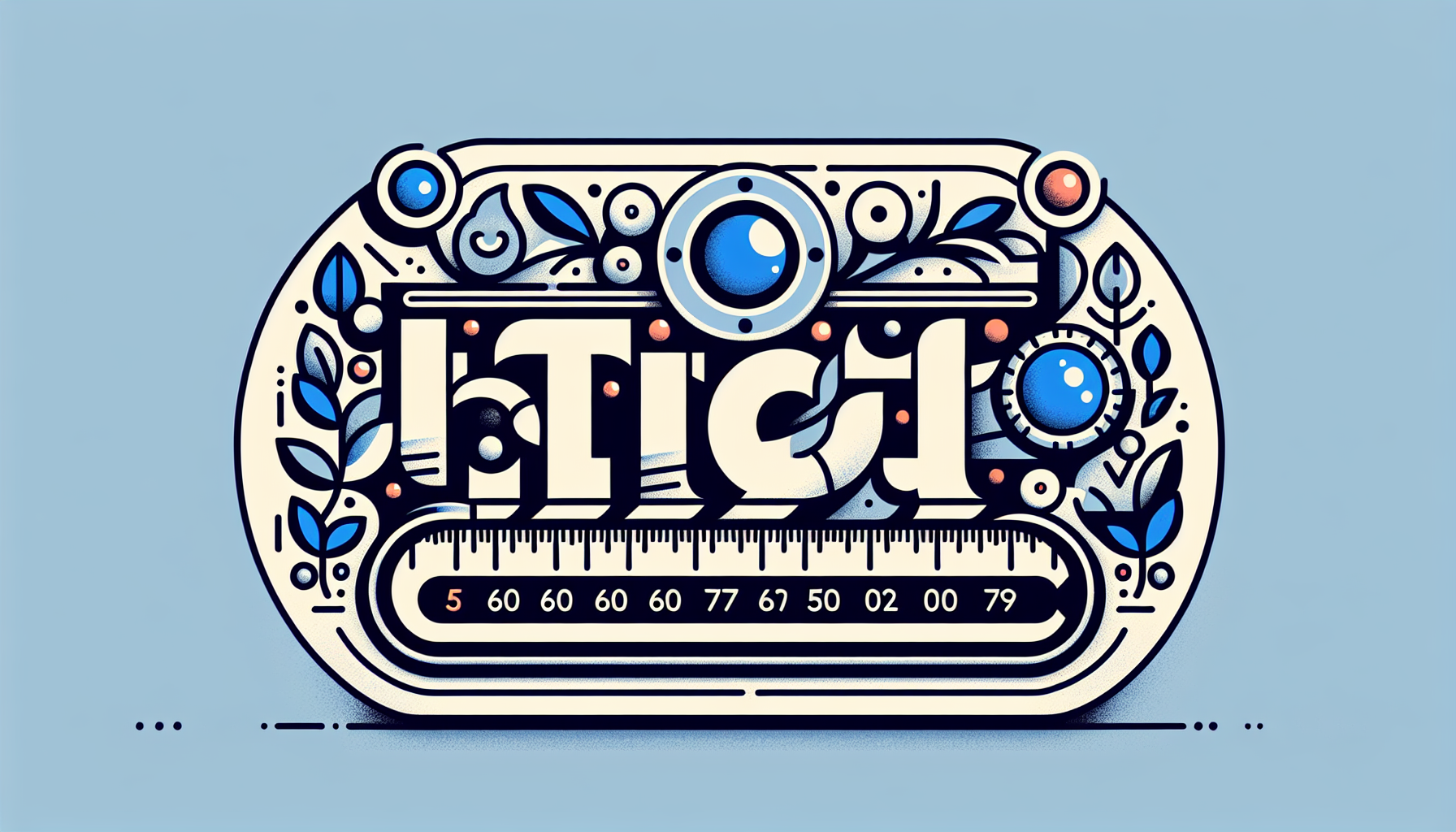
Striking the right balance between incorporating keywords and ensuring readability can be challenging, yet it is crucial for crafting effective title tags. You need to weave in your target keywords without making the title seem forced or unnatural. Think of your title tag as a headline; it should capture attention, accurately reflect the content of the page, and encourage users to click.
First, begin by identifying the primary and secondary keywords relevant to your content. The primary keyword should ideally appear at the beginning of your title tag, as search engines and users pay more attention to the initial words. This positioning can help enhance the perceived relevance of your page for the targeted keyword.
However, stuffing your title tag with too many keywords can backfire. Keyword stuffing can make your title tag appear spammy to both search engines and users, negatively impacting your click-through rate and potentially your rankings. A naturally flowing, keyword-rich title is essential. Use language that appeals to your target audience and maintains the integrity of the message you’re trying to convey.
Readability is equally important. A title tag must be easy to read and understand at a glance. Avoid using complex words or jargon that might confuse your audience. Keep it simple, lucid, and direct. Clear titles are more attractive to users browsing through a list of search results. Remember that a user should be able to gather the essence of your page content just from reading your title tag.
Consider the emotional and psychological impact of your words. Certain words can evoke emotions that compel users to click. Words like “best,” “ultimate,” “guide,” “easy,” “how to,” and “tips” can make your title more appealing and clickable. Additionally, titles that pose a question or include numbers (like “5 Tips” or “Top 10”) often perform well because they promise a structured, digestible reading experience.
Finally, test different title tags to understand what works best for your audience. A/B testing can provide valuable insights into how different titles perform in terms of click-through rates. Continuously refine your approach based on these insights to create more compelling and effective title tags over time.
Achieving the perfect blend of keywords and readability may require some experimentation and adjustment, but the payoff in improved SEO and user engagement makes it well worth the effort. By creating titles that are rich in relevant keywords and engaging for your audience, you set the stage for higher visibility and better performance in search engine results.
Common mistakes to avoid

When crafting title tags, it’s important to be aware of common pitfalls that can undermine your SEO efforts. One of the most frequent mistakes is keyword stuffing. Cramming multiple keywords into a title tag not only makes it appear spammy but also deters potential visitors. Search engines have become adept at detecting such practices and may penalize your website, resulting in lower rankings. Instead, focus on integrating one or two primary keywords naturally within a concise and compelling title.
Another common error is creating title tags that are too long. As previously mentioned, search engines typically display the first 50-60 characters of a title tag. Exceeding this length increases the likelihood that important information will be truncated, which can harm the clarity and impact of your title. Ensure that your most crucial keywords and phrases are within this visible range to maximize their effectiveness.
Similarly, overly short title tags can also cause issues. While brevity is essential, a title that is too short may lack the necessary context or keywords needed to signal relevance to search engines. Aim for a balance between being concise and comprehensive, ensuring that your title provides a clear indication of the page’s content while incorporating relevant keywords.
Using vague or generic titles is another pitfall to avoid. Titles like “Home” or “Products” provide little to no information about the specific content of the page. Such titles fail to attract clicks or convey relevance to search engines. Always strive for specific, descriptive titles that give users a clear reason to click on your link.
Neglecting to update title tags is also a significant oversight. As your content evolves or as SEO strategies and keyword trends change, it’s critical to periodically review and update your title tags. This ongoing optimization ensures that your titles remain relevant and effective in driving traffic to your site.
Using identical title tags across multiple pages is another mistake that can dilute your SEO efforts. Each page on your website should have a unique title tag that reflects its specific content. Duplicate title tags can confuse search engines and users, reducing the overall effectiveness of your SEO strategy. Crafting unique, targeted titles for each page helps search engines index your content more accurately and improves user experience.
Lastly, ignoring the importance of user intent can be a costly error. A title tag that perfectly incorporates keywords but fails to align with what users are actually searching for will not attract clicks. Always consider the intent behind the keywords you are targeting. Are users looking for information, making a purchase, or seeking a solution to a problem? Tailoring your title tags to meet these needs will make them more effective and engaging.
By avoiding these common mistakes, you can enhance the quality and performance of your title tags, leading to better visibility in search engine results and higher click-through rates. Focus on creating concise, keyword-rich, and user-focused titles to maximize the SEO potential of your website.
Tools and tips for crafting title tags
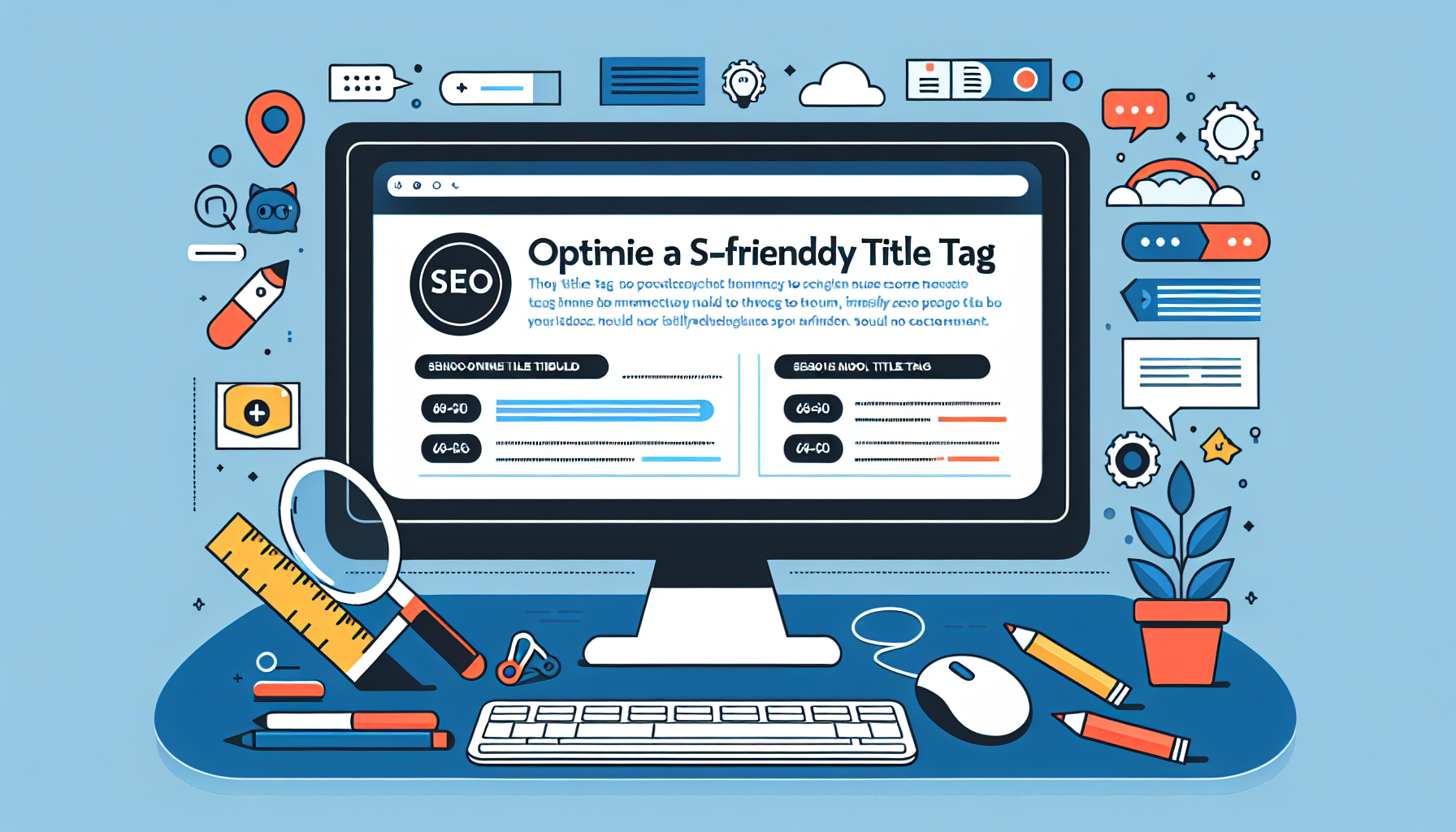
Several tools and strategies can significantly aid in crafting effective title tags. One invaluable tool is Google’s Keyword Planner, which helps you identify relevant keywords and gauge their search volume. This tool can provide insights into which keywords are worth targeting in your title tags based on user search behavior.
Another useful tool is the Moz Title Tag Preview tool, which allows you to see how your title tag will appear in search engine results. This preview can help you adjust the length and wording to avoid truncation and ensure all vital information is visible. You can also use tools like Yoast SEO, which integrates directly with WordPress and provides real-time suggestions for optimizing title tags and other on-page SEO elements.
SEMrush is another excellent tool for SEO professionals. It offers a comprehensive suite for keyword research, including insights into your competition’s top-performing keywords and title tags. By analyzing competitor title tags, you can gain inspiration and identify gaps in your strategy that you could capitalize on for better visibility.
In addition to these tools, following best practices can make a significant difference. Start with creating a clear and concise title tag that accurately represents the content of the page. Aim to address the user’s intent with compelling language that promotes clicks. Use action-oriented words and phrases to create a sense of urgency or interest, which can drive higher click-through rates.
Another tip is to make use of power words—terms that can evoke an emotional response, such as “amazing,” “proven,” or “ultimate.” These words can make your title stand out in the crowded search results. However, be cautious not to overuse them, as this can come off as clickbait and may lead to higher bounce rates if the content does not live up to the title’s promise.
Structured data and rich snippets can also play a role in optimizing title tags. By integrating schema markup, you can enhance the title and description that appears in search results with additional information like ratings or event dates. This added context can make your link more attractive and informative, increasing the chances of users clicking through to your site.
Using analytics tools to track the performance of your title tags is also crucial. Google Analytics and other similar tools can provide data on which titles are driving the most clicks and engagement. By regularly reviewing this data, you can identify patterns and adjust your approach to maximize effectiveness.
Furthermore, consider incorporating your brand name at the end of your title tags. This strategy can enhance brand recognition and credibility, especially for users who might be familiar with your brand and are specifically looking for your content. However, ensure that the inclusion of the brand name does not push important keywords out of the visible range or cause truncation.
Finally, conducting A/B tests on different versions of your title tags can offer valuable insights. By experimenting with various phrasing, keyword placement, and length, you can determine what resonates best with your audience and optimize accordingly. Continuous testing and refinement can lead to progressively better performance over time.
By leveraging these tools and tips, you can craft title tags that not only enhance your SEO efforts but also effectively capture your audience’s attention and drive more traffic to your site. Prioritizing both search engine algorithms and user experience will help you achieve a well-rounded and successful SEO strategy.
